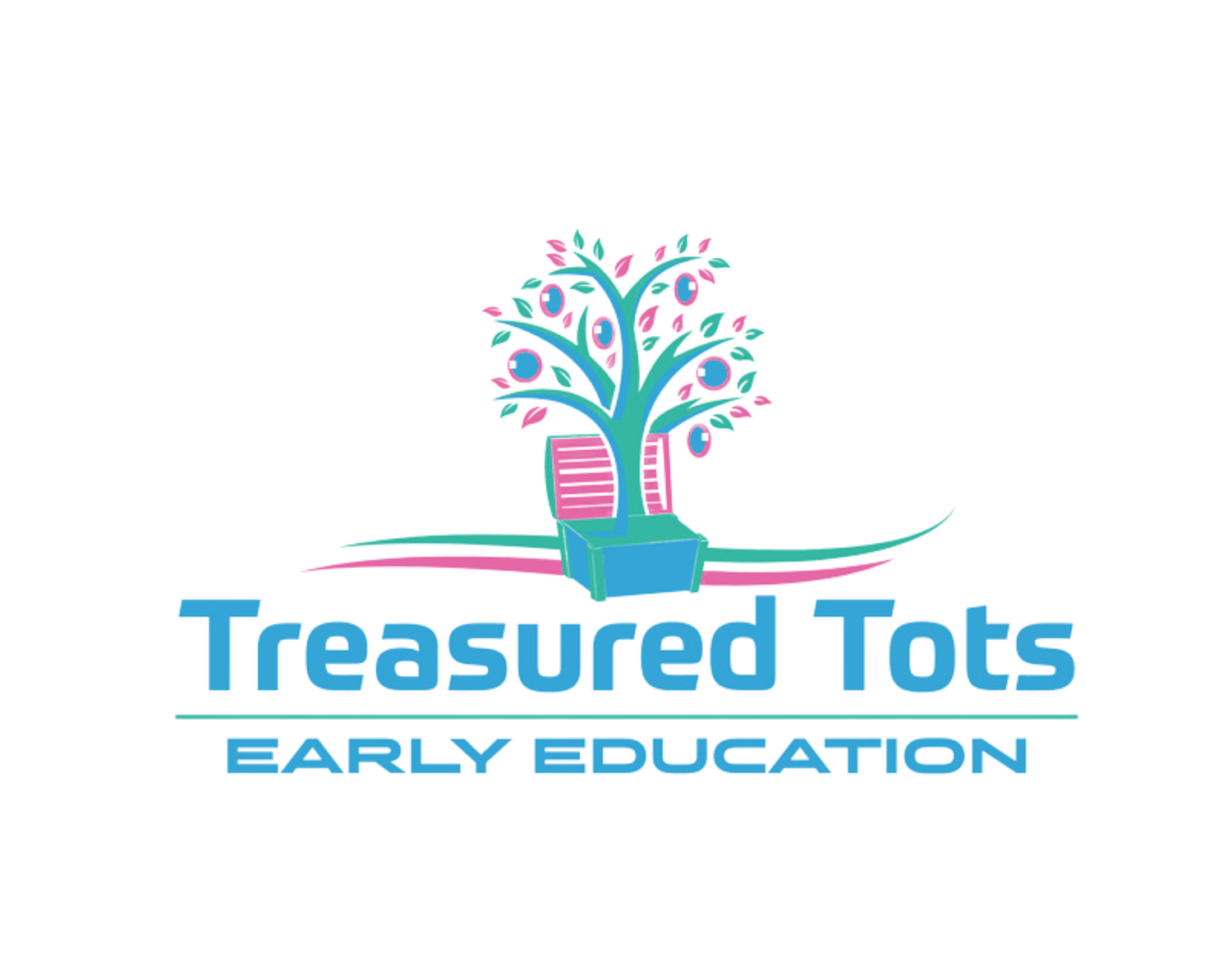What Is The Reggio Emilia Approach In Childcare?
If you’ve got a young family or are considering starting one, you’ve probably noticed that the issue of childcare has been making headlines recently.
First there was the introduction of the Government’s new Childcare Subsidy in July which was hailed as the most significant change to childcare in 40 years. Then Labour Party leader, Bill Shorten announced a $1.75bn funding commitment to early childhood education should they win the next federal election. He also promised that the ALP’s National Preschool and Kindy Program would guarantee around 700,000 Australian children a year access to subsidised preschool a year and would extend the current arrangement for 4-year olds accessing preschool to include 3-year olds.
Clearly, education is big news and now more than ever, parents are looking at their options for childcare in the knowledge that quality early education is crucial for long-term success.
But how do you know if a childcare centre offers the appropriate standards of ‘quality’? When it comes to choosing a childcare centre, how do you know if it’s the right one? Which educational approach will give your child the best start in life?
Choosing a childcare centre is obviously a deeply personal choice, but if you’re looking for a tried and tested approach to education that delivers excellent long-term results, you should look at childcare centres near you that are inspired by the internationally acclaimed Reggio Emilia approach.
So what is the Reggio Emilia approach to childcare?
In a nutshell, the Reggio Emilia approach is an inspiring and innovative alternative to the more traditional, mainstream ‘learn by rote’ styles to early childhood education.
And it’s not the same as other alternative education models like Montessori and Waldorf because it’s an approach rather than a method. You can’t go to a training college and learn the ways of Reggio Emilia.
No two Reggio Emilia schools are the same. Instead, schools are inspired by the Reggio Emilia approach which has its origins in a small Italian town of the same name and which was promulgated by teacher and educational psychologist, Loris Malaguzzi in the years after WWII.
Essentially, it’s a child-centric approach.
Children are seen as worthy of guiding their own curriculum and constructing their own learning based on their innate curiosities to understand their world and how they fit into it. Projects aren’t planned in advance, but rather emerge and develop based on the child’s interests, exploration and discovery. Children aren’t simply offered answers - the search for explanations or solutions is undertaken collaboratively.
At Reggio Emilia inspired schools, parents and families are mentors and guides. They’re valued as vital components of the child’s education and are encouraged to be involved in the development of the curriculum as much as possible. They’re seen as partners, collaborators and advocates for their children and Reggio Emilia inspired schools have many mechanisms in place to facilitate parental involvement and feedback and to maintain open lines of communication.
Perhaps one of the best known aspects of the Reggio Emilia philosophy is ‘the Hundred Languages of Children’ - a powerful poem penned by Malaguzzi which talks about children being natural communicators who should be encouraged to express themselves through whatever means they can. Whether it’s with words, movement, dance, art, constructing, deconstructing, play or anything in between, children should be encouraged to use many different ways to question, feel, imagine, discover and reflect their world.
Another key tenet of the approach is that the environment is seen as the ‘third’ teacher (the parent and the child are the first two). The spaces at Reggio Emilia childcare centres are filled with quality materials and are welcoming, authentic, stimulating, nurturing and ever-evolving in order to encourage collaboration, communication and exploration.
This may all sound very ‘technical’ and it may be difficult for some parents to visualise how a Reggio Emilia classroom differs from any other childcare centre. But the difference really is tangible and the best way to experience why this approach is so widely acclaimed around the world is to see it for yourself
So, if you’re ready to find out more about how your child can benefit from the Reggio Emilia approach to early education, why not pop into a child care centre near you and see the philosophy in action? Established provider, Treasured Tots, has child care centres in Bibra Lake and Fremantle and a newly opened child care centre in Mandurah and we welcome visitors wishing to see our loving ‘home from home’ Reggio Emilia-inspired environments.
For more information on the Reggio Emilia approach or to find your nearest child care centre in Mandurah, Bibra Lake, Fremantle, Piara Waters, Hamersley, Bennett Springs and Bicton, please browse through our website.



